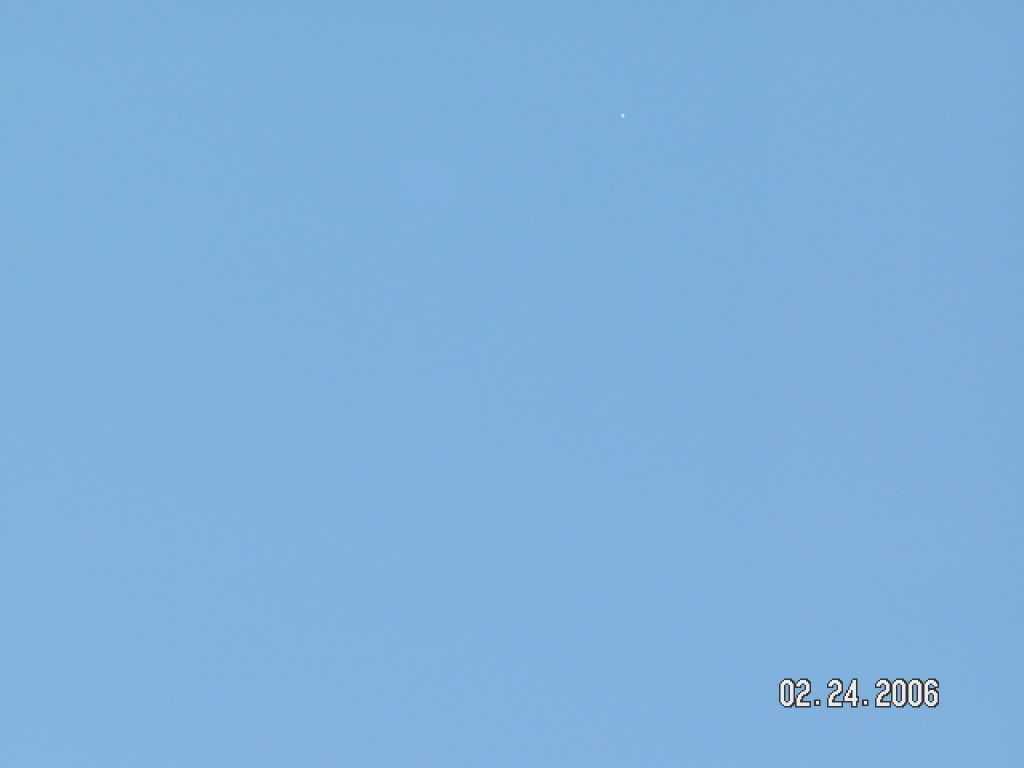globular cluster (APOD 09 June 2007)
globular cluster (APOD 09 June 2007)
today;s APOD fosters a question about rotation and generation of gravitational forces.
http://antwrp.gsfc.nasa.gov/apod/ap070609.html
What the heck is in the middle of this thing that causes stars to congregate in such geographical manner ?
http://antwrp.gsfc.nasa.gov/apod/ap070609.html
What the heck is in the middle of this thing that causes stars to congregate in such geographical manner ?
Wolf Kotenberg
There is a video in this forum that shows a globular cluster in computer simulation. It is quite intriguing and leads me to believe there is nothing in the center of a globular cluster except for stars.
http://asterisk.apod.com/vie ... hp?t=11554
I think it was posted by QEV about halfway down the page.
But normally, for things to congregate like this there probably is a black hole or something taking care of it, maybe one not quite as large as the one in the center of the milky way, but a black hole nonetheless.
http://asterisk.apod.com/vie ... hp?t=11554
I think it was posted by QEV about halfway down the page.
But normally, for things to congregate like this there probably is a black hole or something taking care of it, maybe one not quite as large as the one in the center of the milky way, but a black hole nonetheless.
globular cluster
if our sun and earth were somewhere in the middle of the cluster what would we see and would it be light 24 hrs a day???
it is fairly obvious a spinning collection of stars ( galaxies ) contain a powerful form of " spinning force ' at their center. A globular cluster looks significantly different and if it is spinning, it would be very slowly. Call me crazy but is it possible there are " gravitation neutral " areas in space where these things collect ?
Wolf Kotenberg
Globular clusters, like the Pluto-Charon system, orbit around a gravitationally common central point called the Barycenter http://en.wikipedia.org/wiki/Barycenter#Barycenter
This type of rotation requires no centrally located single mass object to anchor the stellar matter, as the total mass accomplishes the task in a similar fashion.
This type of orbit is also what led to Pluto's demotion.
This type of rotation requires no centrally located single mass object to anchor the stellar matter, as the total mass accomplishes the task in a similar fashion.
This type of orbit is also what led to Pluto's demotion.
If we were at the center of such a cluster, the sky wouldn't be any brighter than it is now. There would be differences though. Due to the proxcimity of the local neighborhood stars, there would be more bright stars (perhaps on the brightness magnitude of Serius or even Venus) visible in the night sky. Due to the rotational velocities if the stars near the center, the locations of these stars wouldn't be fixed in the night sky, they would change as their orbits progressed being noticable much like our major planets change location in the sky over years time. This miht lead to a situation where there might be fewer noticable constellations in the evening sky. If the stars were bright enough, say -4.6 magnitude or even brighter, they would be visible in the day time too. Much like Venus can be (and was in Feb 2006) 
Venus is just visible in the upper right of the image.

Venus is just visible in the upper right of the image.
Re: globular cluster
On the other hand, if someone in the outer rims of M3 would look in our direction, one would see our glorious galaxy from the 'top', spanning about 100° wide (200 times the width of the moon). One side would look bigger, because it is so much closer.

